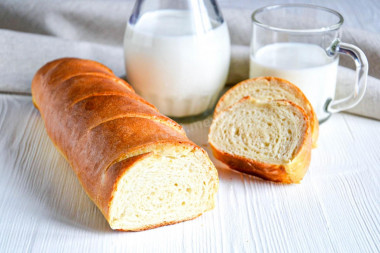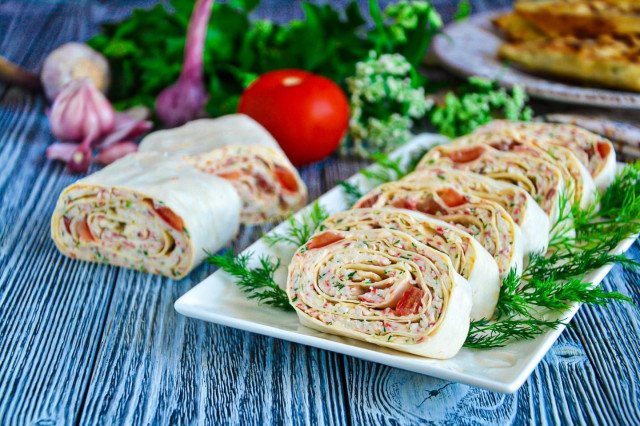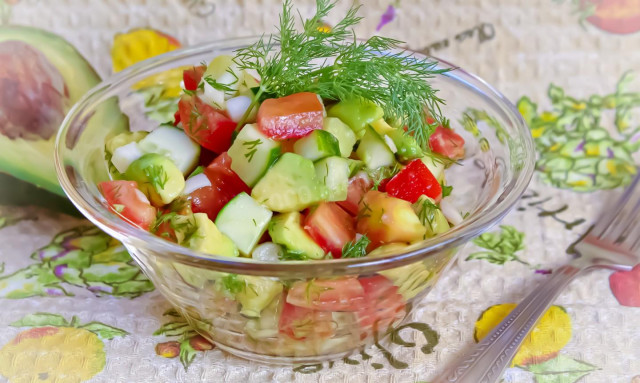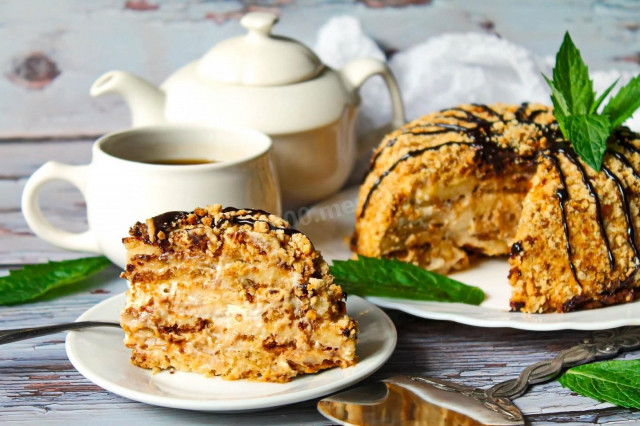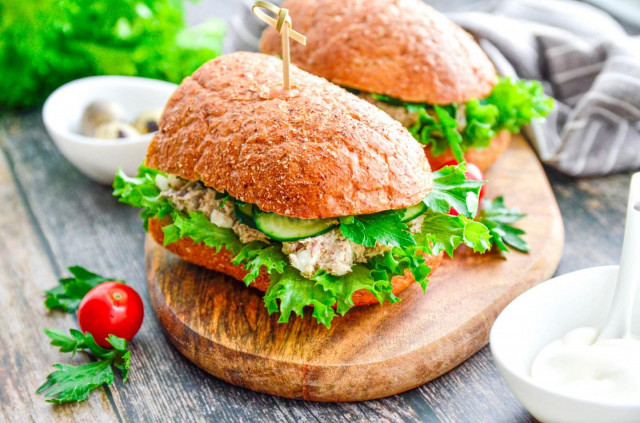Composition / ingredients
Step-by-step cooking
Step 1:
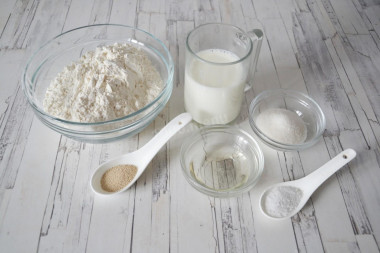
How to make a milk loaf? Prepare the ingredients. Before buying yeast, read the instructions. Since there are fast-acting yeast that are mixed with flour immediately. In the same recipe, you will need yeast, which is diluted with liquid — water or milk. Take refined, odorless oil.
Step 2:
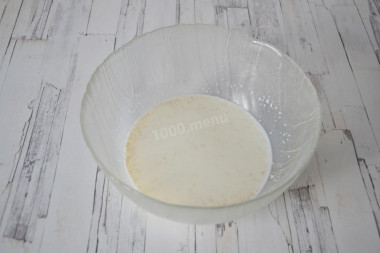
Prepare the sourdough. How to make sourdough? In a deep bowl, mix warm milk (37-40 ° C), sugar, salt and yeast. Mix everything together. Leave the dough in a warm place for 15 minutes. A foam cap should rise on the surface. This means that the yeast is active and you can knead the dough further.
Step 3:

Pour vegetable oil into the milk-yeast mixture and add the sifted flour. It is important to sift the flour to saturate it with oxygen. Then the loaf will turn out softer and will rise well when baking.
Step 4:
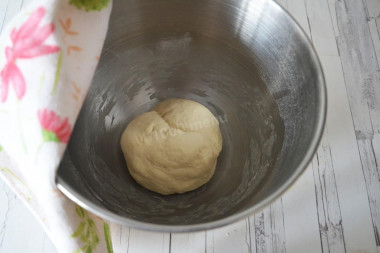
Knead the dough thoroughly. Be prepared for the fact that flour may need more or less than indicated in the recipe. Focus not on the amount of flour, but on the desired consistency of the dough. For a loaf, it should turn out homogeneous, not sticky, but at the same time remain soft. Assemble the dough into a ball, put it in a bowl, cover with a towel. Leave it for 1 hour in a warm place.
Step 5:
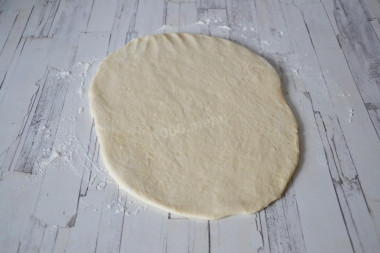
Knead the approaching dough to release excess air. On a floured surface, roll out the dough into an oval about 1 cm thick.
Step 6:
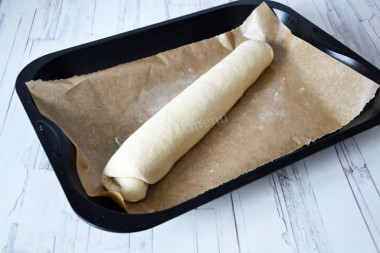
Roll the oval into a tight roll along the wide edge. Place the workpiece on a baking sheet lined with parchment. Cover the dough with a towel and leave it to come up in a warm place for another 20 minutes.
Step 7:
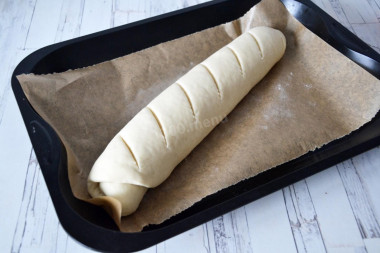
Make oblique cuts equidistant from each other on the surface of the bread. Lubricate the surface of the bread with milk or water, then it will be covered with a golden crust. Bake the milk bread in a preheated 180 °C oven for about 30 minutes.
Step 8:

The loaf can be eaten immediately while it is hot. Indescribable bliss! Enjoy your meal!
Cooking this bread is a real pleasure. In general, I've been hooked on homemade bread for a long time and made a lot of loaves from different flour.
This bread turned out to have a very beautiful crumb pattern. In the cross-section photo, if you look closely, you can see by the air bubbles that the dough was rolled up. But the layers themselves are not visible. Personally, it gave me a downright aesthetic pleasure.
Well, there's nothing to say about the aroma that emanated from this small loaf! The apartment immediately became more cozy than usual. In general, I strongly advise you to cook this bread yourself. There is absolutely nothing complicated about it. The main thing is to choose the right yeast, as I wrote above. Well, check them for freshness.
The liquid in which yeast is bred should be pleasant to the touch, no higher than 40 degrees. Why is this important? In a warm environment, yeast is well activated, in a hot one it will die, and in a cold one it simply will not work. To avoid unpleasant surprises, check the yeast before mixing with the rest of the ingredients. Pour a little warm milk into a bowl, stir in the yeast. Cover the bowl with a kitchen towel and put it in a warm place without drafts for 10-15 minutes. During this time, a foam yeast cap should appear on the surface of the sponge. If this did not happen, then the fermentation process has not started (the yeast is overdue or spoiled). In this case, it is worth taking other yeast, otherwise baking will not work.
Important! Using dry yeast, it should be borne in mind that they occur in two forms: active and instant (read the instructions carefully before use!).
Active dry yeast looks like beads or small balls. Before applying them, they must be brought out of "sleep mode". To do this, the active yeast is diluted in warm sweet water, milk or whey. The resulting bubbles, foam or "cap" indicate that the yeast is ready for further use. Active dry yeast must be brought to complete dissolution in the liquid, otherwise, due to the remaining grains, the dough may not rise and the baking will be spoiled (yeast grains that have not dissolved in the liquid and got into the dough will not disperse on their own, which means they will not work).
Instant dry yeast is easier to use. They do not need to be activated before use. Such yeast, along with other ingredients, is simply added to the dough. As a result, the baking time is reduced.
It should also be remembered that both types of dry yeast may differ in their activity from different manufacturers.
Keep in mind that everyone's ovens are different. The temperature and cooking time may differ from those specified in the recipe. To make any baked dish successful, use useful information about the features of ovens !
Caloric content of the products possible in the composition of the dish
- Whole cow's milk - 68 kcal/100g
- Milk 3.5% fat content - 64 kcal/100g
- Milk 3.2% fat content - 60 kcal/100g
- Milk 1.5% fat content - 47 kcal/100g
- Concentrated milk 7.5% fat content - 140 kcal/100g
- Milk 2.5% fat content - 54 kcal/100g
- Whole durum wheat flour fortified - 333 kcal/100g
- Whole durum wheat flour universal - 364 kcal/100g
- Flour krupchatka - 348 kcal/100g
- Flour - 325 kcal/100g
- Granulated sugar - 398 kcal/100g
- Sugar - 398 kcal/100g
- Vegetable oil - 873 kcal/100g
- Salt - 0 kcal/100g
- Dry yeast - 410 kcal/100g


